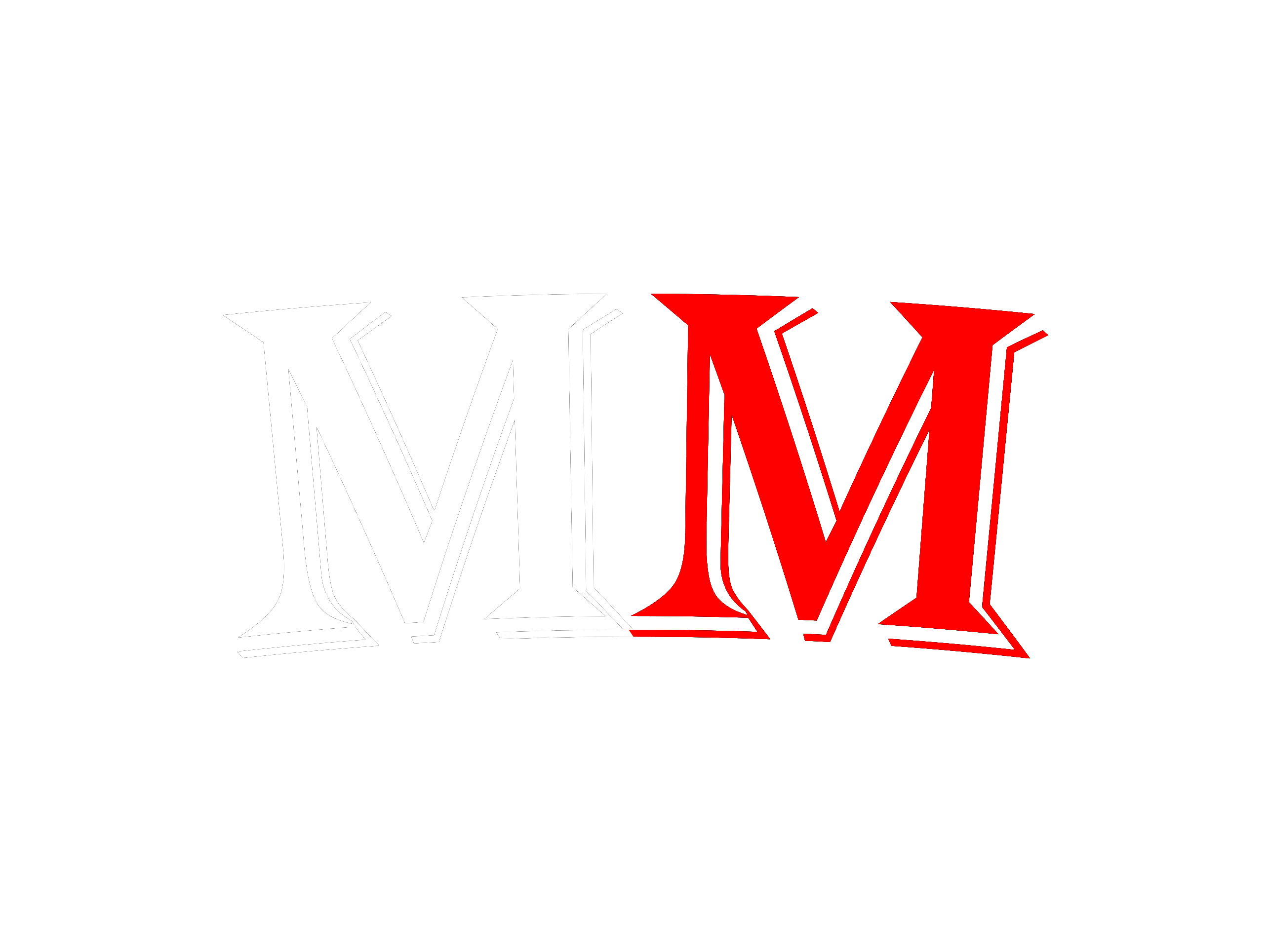Mentalism is an interesting subject – there’s more to it than seemingly being able to read minds.
Flawless mentalism performances are the results of long, laborious hours of studying and hard work.
Decades ago, quality resources on mentalism were hard to come by. Your best option was to find a book and hope the content gave you the information needed to pursue mentalism.
These days, the amount of information available is staggering. Anyone can learn how to become a mentalist.
If you want to study mentalism, you’ll learn about 6 practical techniques to master it in this article.
So are you ready?
Let’s get started!
How to Study Mentalism: 6 Perceptual Modalities
There are two main parts when studying mentalism.
One part focuses on the techniques and the art of mentalism itself. It deals with the reading of microexpressions and body language and the ability to make good use of the power of suggestion.
The other part deals with specific tricks and abilities. It covers the likes of mind-reading and hypnosis and acts that involve cold reading and rapid calculation.
Note: if you’re serious about learning all about mentalism, give ample attention to both as these are equally important to a mentalist’s success.
Now, since you need to do a lot of studying, choosing the channel that works best for you will make it easier.
To give you a better idea, here are the six perceptual modalities for mentalism learners:
- Visual – Learners who prefer content delivered through text and diagrams that are easy to process.
- Aural – These learners absorb information best when they hear it. They prefer to have content or materials read aloud to them rather than read it themselves.
- Print – These are for adults who learn by writing down data. These types of learners take down a lot of notes. Although they may never look at these again, they can already see what they’ve written down in their mind.
- Tactile – These learners need to do something to absorb the information. They do not respond well to written instructions. They would prefer to learn “on-the-job”.
- Interactive – These people learn best when they are discussing information with others. They engage in debates and respond well to Q&A sessions.
- Kinesthetic – Movement is the best way for these types of learners. They have a difficult time staying in one area while studying.
It’s no secret that different people learn in a variety of ways. Knowing which modality works for you affects your entire learning process. It lets you know what kind of media you’ll respond to best.
So pick out what kind of learner you are and learn your mentalism that way.
How to Study Mentalism: Where to Learn the Concepts
Information about mentalism is available through various channels. Whether it’s about the theory behind mentalism or topics related to human psychology, there are different ways to get source materials.
Here are some knowledge sources for you to consider:
Books are always a good place to start
To go back to the roots of mentalism, get yourself a copy of the 13 Steps to Mentalism. Written by Tony Corinda and first published in 1961, it is considered the Bible of mentalism.
If reading floats your boat, you can also look for books on mentalism from Amazon. You can also read Practical Mental Magic by Theodore Anneman and PRISM: The Color Series of Mentalism by Max Maven.
Explore the available resources online
You can also check out videos from world-renowned mentalists and learn from them. Videos are also an excellent way to learn routines that you can then practice.
If having a coach is what works for you, there are several online mentalism courses that you can attend.
How to Study Mentalism: 6 Practical Techniques to Develop
To be able to successfully read someone’s mind, there are several techniques or skills that you may want to devote time developing.
Here are some techniques to help you become more adept in mentalism, as well as practical ways to hone them.
Read Physical Cues
Part of learning mentalism is gathering information from your participant without them saying so. You can achieve this by learning how to read body language and micro-expressions. They may be saying something different, but their non-verbals would often reflect their true feelings.
One example of that is this person reading body language to guess someone’s PIN:
Practice Mirroring
The mirroring technique is self-explanatory – it’s doing the same thing as your participant while facing each other. Mirroring helps you build a connection, making your participant feel at ease.
If you want to go the extra mile, try to mirror their tone or their breathing patterns. The more similarities you can establish, the higher the chances trust is built, making your participants more open to your suggestions.
Ask Leading Questions
More than just asking a random question that may lead to a miss rather than a hit, ask questions that lead participants to give answers you’re expecting. That’s the beauty of leading questions.
Knowing when and how to ask them, however, is not something that comes naturally to everyone. Sometimes, it’s something to be developed.
Be a Better Listener
When people tell an incredibly long story, it’s tempting to zone out. Doing this, however, may cause you to miss out on little details you can use as hits later on.
People, at times, disclose more about themselves without meaning to – and telling long-winded stories is one of them. The trick is to be able to catch pieces of information that you can tie together later on.
Enhance Your Observation Skills
Getting better at observation helps you have a better memory. It allows you to spot small details that other people might miss.
A simple but effective way to do this is to go to a familiar place and see if you notice things you haven’t seen before. Repeat this for about a week until it becomes part of your routine.
When you’re able to do it without effort, you know you’ve reached your goal.
Make Educated Guesses Based on Your Observations
If you see a tan line on their ring finger, it could mean that they used to be married.
Connecting the dots using the information you’ve gathered can make it seem like you know details about your participant that you haven’t been told.
It’s best to study the theory and techniques first, then practice them. When you’ve gained confidence in your abilities, try applying them in real-life scenarios.
A Few Words Before We End
In the end, mentalism performances always revolve around three main areas: misdirection (or the power of suggestion), sleight of hand, and reading of body language.
Regardless of your preferred learning style and what media works best for you – and on top of the practical techniques this article shared – expanding your knowledge on these three topics will put you at an advantage.
Mentalism is performance art, and mentalists are performers. Like all artists, mentalists must continuously hone their craft.
Learning about mentalism is a never-ending journey. It doesn’t matter how new you are or how long you’ve been doing routines – there will always be something out there that makes you better.
All you have to do is find it.

